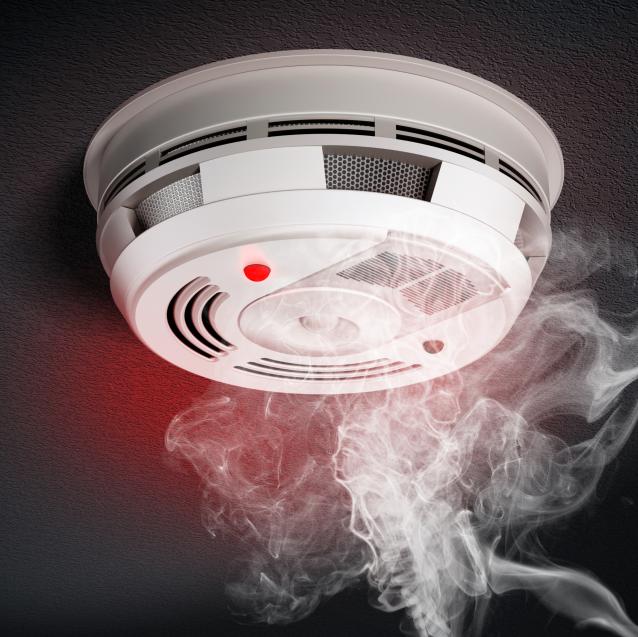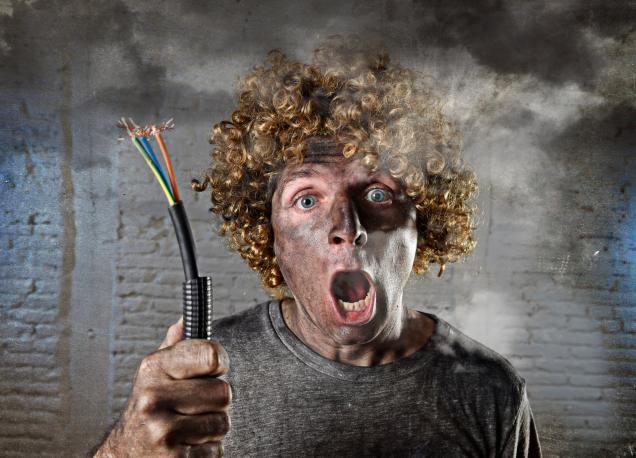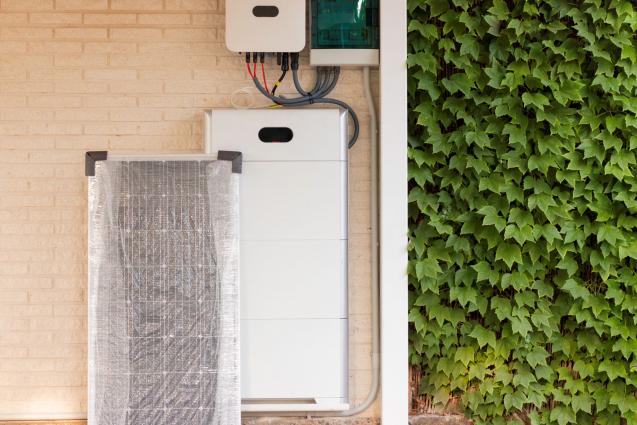
How to Safely Test Your Safety Switches
By Complete Electrical Service|July 28, 2022
We all know that electricity can be dangerous, and when you have loved ones that you want to take care of, you should consider adding safety switches to all of your circuits. Whether you own or rent your home, a small change such as safety switches will help protect you, your loved ones, and your property from the damage electricity can cause.
While circuit breakers do an excellent job of protecting electrical equipment, safety switches were developed for the sole purpose of shielding people from the potentially fatal or life-threatening effects of electrical shocks. With that in mind, let’s look at how you can safely test your safety switches.
Is it safe to change your circuit breakers?
The distinction between a safety switch and a circuit breaker is an essential aspect that must not be overlooked. The purpose of safety switches is to prevent electrocution and injury or death. A circuit breaker, on the other hand, is designed to protect electrical appliances rather than people.
In theory, the breaker box itself should not pose a risk of electrocution. Because the circuit breaker's wires are "live," you should not remove the breaker unless you are absolutely certain that the wires are completely dead.
Because electrocution is potentially lethal, you should not proceed with changing the circuit breaker if you are unsure how to do so and should instead hire the services of a qualified professional.
How often to test safety switches
Electrical current is constantly being monitored by the safety switches. When they sense that you are in a potentially dangerous situation, they immediately turn off the power, thereby guaranteeing your safety in an instant. But in order for that to happen, the safety switches need to be in good working order, which is why they need to be tested every three months. You can call a licensed electrician to help test and replace your safety switches. Please don’t attempt to replace these alone as it could be potentially fatal.
How to test your safety switches
Your safety switch is broken if pressing the "Test" button does not immediately cause the power to be cut off. You should make an immediate appointment with an electrician to have it fixed as soon as possible. If you don't already have a safety switch installed on each circuit, calling an electrician is another step you need to take to safeguard the wellbeing of your loved ones.
It’s easy to try and cut corners when it comes to calling out external services for repairs or maintenance around the home. However, electricity can seriously harm or even kill someone who is untrained. Always seek the help of a professional licensed electrician. Keep your home safe with safety switches!
While circuit breakers do an excellent job of protecting electrical equipment, safety switches were developed for the sole purpose of shielding people from the potentially fatal or life-threatening effects of electrical shocks. With that in mind, let’s look at how you can safely test your safety switches.
Is it safe to change your circuit breakers?
The distinction between a safety switch and a circuit breaker is an essential aspect that must not be overlooked. The purpose of safety switches is to prevent electrocution and injury or death. A circuit breaker, on the other hand, is designed to protect electrical appliances rather than people.
In theory, the breaker box itself should not pose a risk of electrocution. Because the circuit breaker's wires are "live," you should not remove the breaker unless you are absolutely certain that the wires are completely dead.
Because electrocution is potentially lethal, you should not proceed with changing the circuit breaker if you are unsure how to do so and should instead hire the services of a qualified professional.
How often to test safety switches
Electrical current is constantly being monitored by the safety switches. When they sense that you are in a potentially dangerous situation, they immediately turn off the power, thereby guaranteeing your safety in an instant. But in order for that to happen, the safety switches need to be in good working order, which is why they need to be tested every three months. You can call a licensed electrician to help test and replace your safety switches. Please don’t attempt to replace these alone as it could be potentially fatal.
How to test your safety switches
- On your switchboard, locate the safety switch or switches and the test button or buttons.
- Make sure the switch is in the "Off" position by pressing the test button (down).
- Reset the switch by moving it back to the "On" position where it was originally located (up).
Your safety switch is broken if pressing the "Test" button does not immediately cause the power to be cut off. You should make an immediate appointment with an electrician to have it fixed as soon as possible. If you don't already have a safety switch installed on each circuit, calling an electrician is another step you need to take to safeguard the wellbeing of your loved ones.
It’s easy to try and cut corners when it comes to calling out external services for repairs or maintenance around the home. However, electricity can seriously harm or even kill someone who is untrained. Always seek the help of a professional licensed electrician. Keep your home safe with safety switches!



